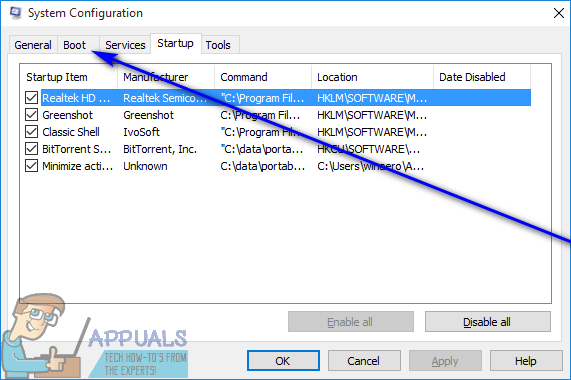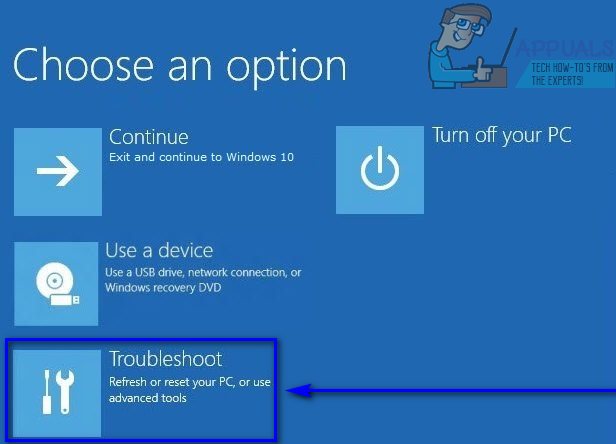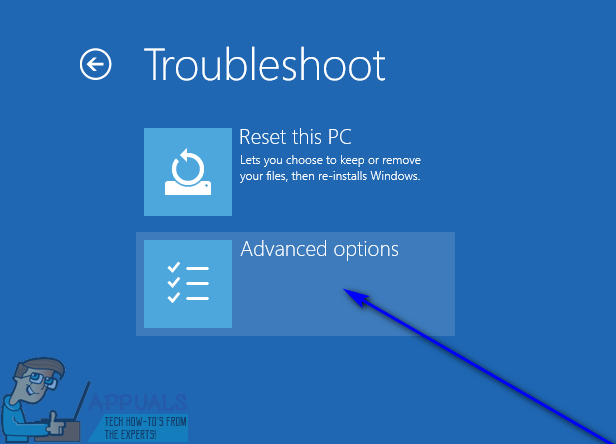How to Get Out of Safe Mode on a Windows Computer
Safe Mode is a diagnostics utility built into the Windows Operating System. Safe Mode has been a constant throughout the many different iterations and versions of Windows that have been developed and distributed – any computer running on Windows has Safe Mode built into it. What Safe Mode does is quite simple – when a Windows computer starts in Safe Mode, the computer is started with only stock applications and services running – everything that wasn’t on the computer when Windows was installed is disabled. Normally, Safe Mode doesn’t even have network access or the ability to open a Command Prompt unless a user specifies that they want network access and/or the ability to open a Command Prompt in Safe Mode while they are booting their computer into Safe Mode in the first place.
Safe Mode is most commonly used to diagnose if a problem on a computer is being caused by a third-party element such as a third-party application or a service/process that is part of a third-party application. You see, if the cause of a problem is in any way connected to a third-party program or element, the problem won’t occur while Windows is in Safe Mode and all third-party elements are disabled by the system.
Booting a Windows computer into Safe Mode is pretty easy – it’s getting a Windows computer out of Safe Mode that can sometimes end up being trickier than it should be. A Windows user can’t possibly use their computer while it is still in Safe Mode, that’s just ridiculous. That being the case, it is paramount that Windows users know how they can get out of Safe Mode on a Windows computer – you never know when you might need to put your computer into and then get it out of Safe Mode. The following are the most effective ways you can go about getting out of Safe Mode on a Windows computer:
Method 1: Restart your computer
In most cases, a simple restart is enough to get a Windows computer out of Safe Mode as the most commonly used procedures of booting a Windows computer into Safe Mode only do so for one boot – so the next time the computer starts up, it starts up normally, not in Safe Mode. That being the case, if you’re looking to get your computer out of Safe Mode, simply restart your computer and check to see if doing so manages to get the computer to boot up normally. If the computer still boots up in Safe Mode, simply move on to the next method.
Method 2: Disable the Safe boot option in System Configuration
Many Windows users end up booting their computers into Safe Mode by enabling the Safe boot option in System Configuration. While doing so does boot a Windows computer into Safe Mode, it keeps on booting the computer into Safe Mode until the Safe boot feature is manually disabled. Here’s how to get your computer out of Safe Mode by disabling the Safe boot option in System Configuration:
- Press the Windows Logo key + R to open a Run dialog.

- Type msconfig into the Run dialog and press Enter to launch the System Configuration utility.

- Navigate to the Boot tab of the System Configuration utility.

- Under the Boot options section, locate the Safe boot option and disable it by unchecking the checkbox located directly beside it.

- Click on Apply and then on OK.
- In the resulting popup, click on Restart to restart your computer
When the computer boots up, check to make sure that it boots up normally and does not boot into Safe Mode.
Method 3: Boot the computer out of Safe Mode using the Advanced Boot Options menu
If Method 2 didn’t work for you for whatever reason or if the Safe boot option was already disabled when you got to it in the System Configuration utility, fear not – you still have one last resort, i.e. booting your computer out of Safe Mode using the Advanced Boot Options menu. To use the Advanced Boot Options menu to get your computer out of Safe Mode, you need to:
On Windows 7:
- Shut your computer down.
- Start your computer up.
- As the computer starts up, repeatedly press F8 on your keyboard.
- The Advanced Boot Options menu should come up. If this menu does not come up, simply repeat steps 1–3 until it shows up.
- In the Advanced Boot Options menu, highlight and select the Start Windows Normally option, and confirm the selection.

- Check to make sure Windows boots up normally and doesn’t boot into Safe Mode.
On Windows 8 and later:
- Open the Start Menu.
- Click on Power.
- Hold down the Shift button, and with it held, click on Restart.

- When the computer boots up, you will be taken to a blue colored screen with a menu. Once here, select Troubleshoot > Advanced options > Startup Settings > Restart.


- Your computer will restart. However, instead of booting into the Windows Operating System, it will take you to a Startup Settings screen with an array of different options. On this screen, press Enter to return to your operating system.

- Check to make sure Windows boots up normally and doesn’t boot into Safe Mode.